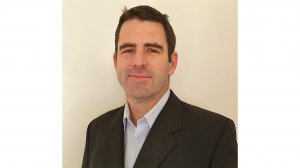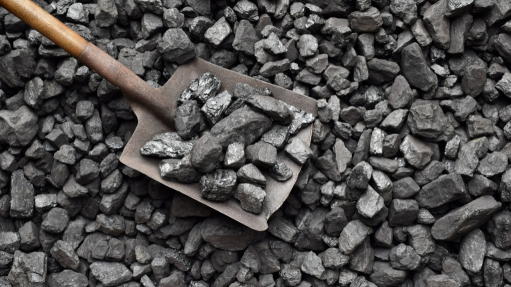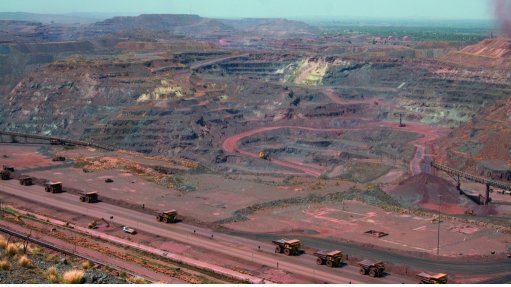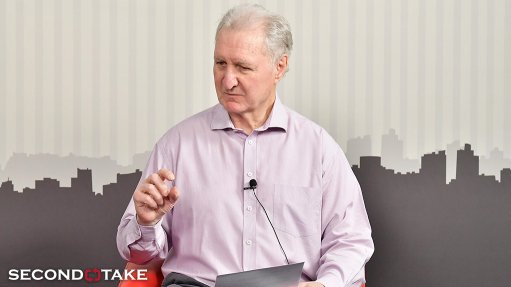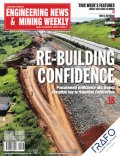Tailings dams, climate change relevance highlighted


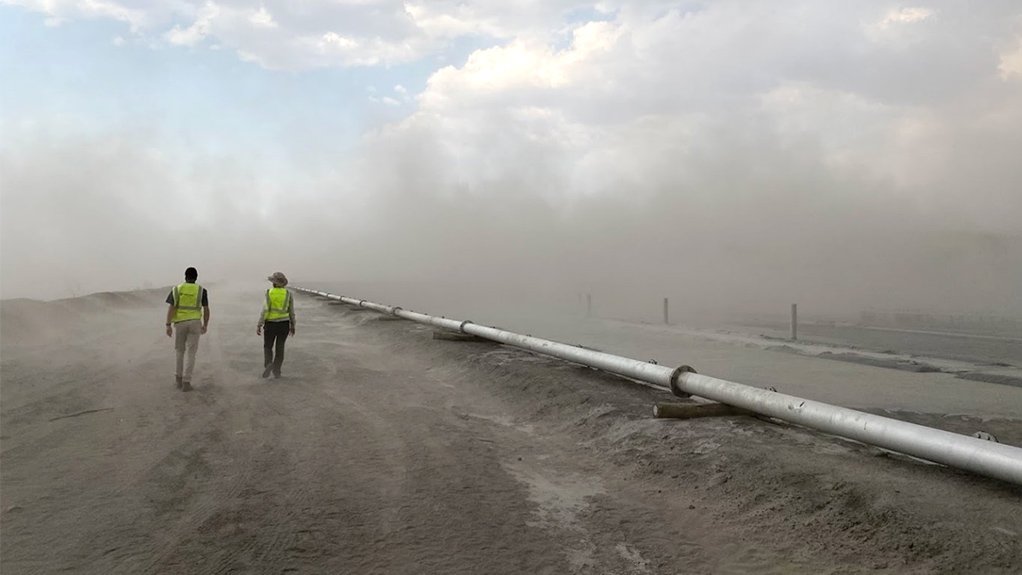
JUSTIN WALLS Among the possible responses to climate change uncertainties, TSF planners could consider incorporating redundancy in their designs
THINKING AHEAD Tailings facilities should be designed for mine closure as true future engineered landforms that will be physically and chemically stable for the long-term
As the global mining industry works towards meeting stringent new tailings dam standards, international independent consultancy SRK Consulting, through a presentation given earlier this year to the South African Institution of Civil Engineering Environmental Engineering Division, highlighted some of the less predictable factors in planning these engineered landforms for the long term.
During the presentation, SRK associate partner and principal civil engineer Justin Walls noted that there are a number of unknown factors to be considered in the planning and designing of tailings storage facilities (TSFs).
In the latest benchmark for TSFs – the Global Industry Standard for Tailings Management (GISTM) – it is clear that mines should assume that their TSFs will become permanent landforms.
“Importantly, the GISTM requires that factors [such as] climate change, be considered in the design [of TSFs],” he said.
However, while there is an emerging consensus on what this means for TSFs for the next 80 to 100 years, Walls noted that there is still considerable divergence in what current models inform may happen to the climate after that timeframe.
The GISTM, he pointed out, stated that TSFs should be designed with mine closure in consideration, as “true future engineered landforms” that will be physically and chemically stable for the long term.
The standard requires that TSF owners ensure “short term financial or operational priorities do not prevail over better design and operational practices”.
Further, with water management being a key risk factor regarding TSF stability, much of the concern is focused on the climate change-induced uncertainties in predicting future rainfall patterns, he pointed out.
Walls said that the prospect of higher rainfall levels directly raises a TSFs failure risk, either with too much water building up within the dam structure – making it unstable, or material in the TSF pond breaching the barrier wall in a phenomenon known as “overtopping”, with either outcome potentially resulting in the failure of a TSF.
“Even where there is no increase in the total mean annual precipitation, there is still a danger that climate change could bring a higher intensity of rainfall to a region. If a downpour delivers a greater rainfall intensity than the drainage structures [of a TSF] were designed for, this . . . would also raise the risk of failure.”
The possibility of less rain is also a cause for concern, he said, as this could impact on the vegetation cover of the TSF. This cover is an essential component of the facility’s rehabilitation, as it prevents the dangerous erosion of the outer wall, and addresses the hazard of dust and/or surface water pollution.
“If the vegetation cannot survive [owing] to insufficient regular rainfall, then the soil is exposed to wind erosion and, to even more damaging, water erosion of the soil layer when rains do fall,” he pointed out.
Over time, continued soil erosion could expose the tailings materials underneath the soil layer of a TSF, leading quickly to pollution of local areas and invariably compromising the integrity of a TSF structure, Walls warned.
Vegetation also plays a valuable role in evapotranspiration (a combination of evaporation and transpiration) of rainwater falling on a TSF, which limits the volumes of water that percolate into the tailings within a TSF.
Without outer barrier vegetation, there would be a greater build-up of rainwater in the body of the TSF, thereby potentially raising the phreatic surface and causing instability, or contaminating groundwater if no lining of the TSF base is in place, he explained.
“Reduced rainfall could also affect mines’ post-closure land use plans, especially if these plans focus on agricultural projects such as food production or biofuels. Where these post-mining land uses have been agreed with local stakeholders as part of their social closure process, this adds further complications as the land may no longer sustain the planned use that stakeholders expect,” said Walls.
Among the possible responses to climate change uncertainties, he said that TSF planners could consider incorporating redundancy in their designs; for instance, instead of trying to optimise the size of drainage channels to make them as small as possible, the approach could be more conservative to allow the handling of larger water volumes, if necessary.
“Monitoring remains an important part of the post-closure activity, as it may be necessary to re-evaluate and enlarge the TSF infrastructure in many decades’ time,” explained Walls.
Auditing, Regulation
The Department of Water and Sanitation (DWS) recently announced that it is updating a database of TSFs in South Africa.
As part of this update, TSFs with a height of over 5 m, and able to store more than 50 000 m3 of water, will most likely need to be registered with the DWS, owing to them being potentially classified as “dams with a safety risk”.
“The issue of auditing and regulating dams has been a crucial topic of discussion in the water management sector, particularly in light of recent dam failures and their devastating consequences,” noted Walls.
“Therefore, it is essential to have a robust framework in place for auditing and regulating dams to ensure that they meet the necessary safety and environmental standards,” he concluded.
Comments
Press Office
Announcements
What's On
Subscribe to improve your user experience...
Option 1 (equivalent of R125 a month):
Receive a weekly copy of Creamer Media's Engineering News & Mining Weekly magazine
(print copy for those in South Africa and e-magazine for those outside of South Africa)
Receive daily email newsletters
Access to full search results
Access archive of magazine back copies
Access to Projects in Progress
Access to ONE Research Report of your choice in PDF format
Option 2 (equivalent of R375 a month):
All benefits from Option 1
PLUS
Access to Creamer Media's Research Channel Africa for ALL Research Reports, in PDF format, on various industrial and mining sectors
including Electricity; Water; Energy Transition; Hydrogen; Roads, Rail and Ports; Coal; Gold; Platinum; Battery Metals; etc.
Already a subscriber?
Forgotten your password?
Receive weekly copy of Creamer Media's Engineering News & Mining Weekly magazine (print copy for those in South Africa and e-magazine for those outside of South Africa)
➕
Recieve daily email newsletters
➕
Access to full search results
➕
Access archive of magazine back copies
➕
Access to Projects in Progress
➕
Access to ONE Research Report of your choice in PDF format
RESEARCH CHANNEL AFRICA
R4500 (equivalent of R375 a month)
SUBSCRIBEAll benefits from Option 1
➕
Access to Creamer Media's Research Channel Africa for ALL Research Reports on various industrial and mining sectors, in PDF format, including on:
Electricity
➕
Water
➕
Energy Transition
➕
Hydrogen
➕
Roads, Rail and Ports
➕
Coal
➕
Gold
➕
Platinum
➕
Battery Metals
➕
etc.
Receive all benefits from Option 1 or Option 2 delivered to numerous people at your company
➕
Multiple User names and Passwords for simultaneous log-ins
➕
Intranet integration access to all in your organisation


